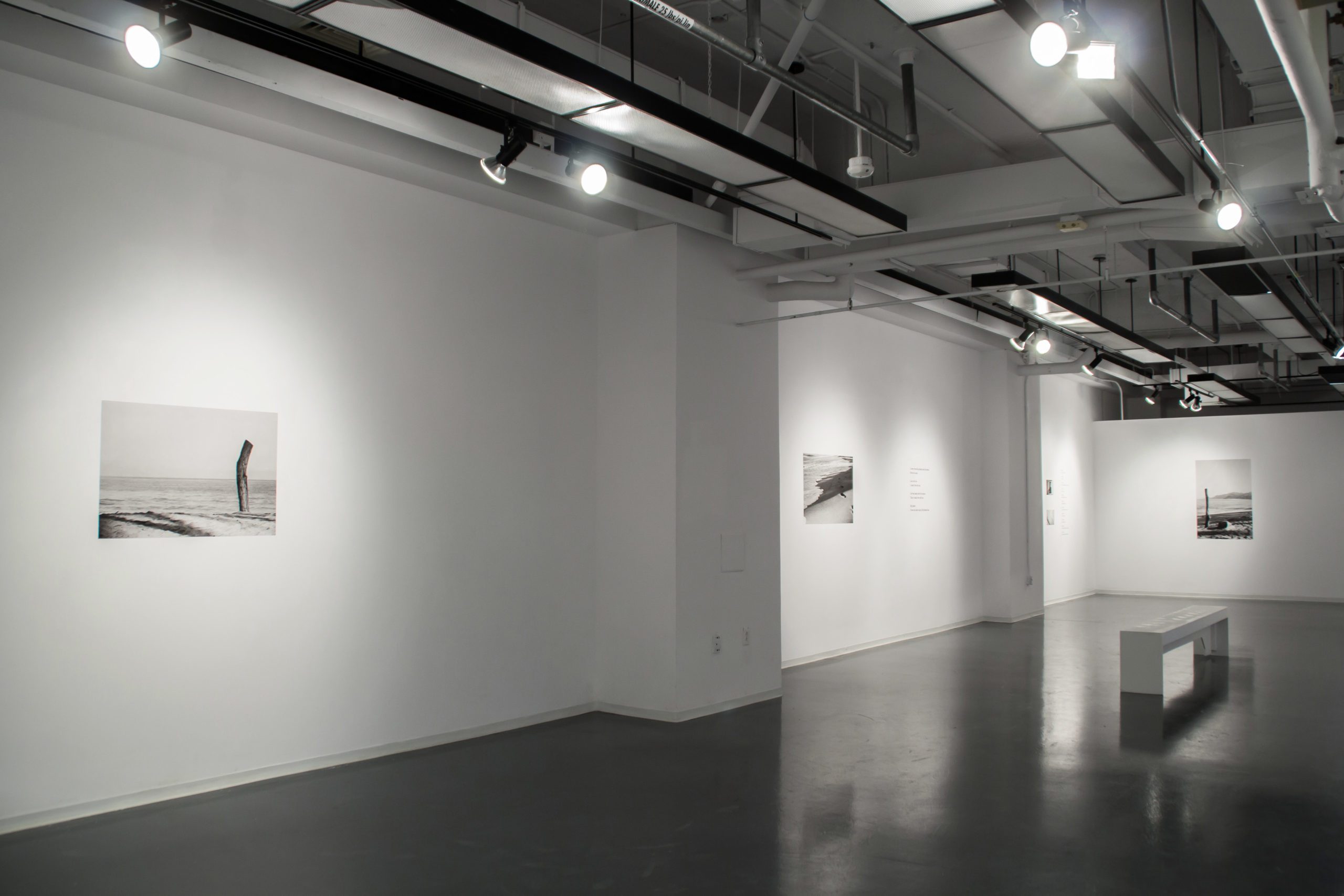Crisis



Curatorial Statement
Tina Carlisi
“What the Photograph reproduces to infinity has occurred only once: the Photograph mechanically repeats what could never be repeated existentially.” — Roland Barthes (1).
In the years following the 1994 financial crisis in Mexico, a heavily devalued currency, financial speculation and capital flight devastated Mexico, placing the country in a vulnerable geopolitical position subservient to a new neoliberal order. Distant from the city centres densely occupied by mass manifestations, Arroyo’s black and white photographs inscribe a different geography of exclusion and trauma. Within this climate, the artist created a series of photographs developed and shown here for the first time in eighteen years. The film negatives were silently stored in a copy of Umberto Eco’s Opera Aperta (The Open Work)—one of the few books the artist carried with him. Photographs of crumbling buildings are visually contrasted with seemingly tranquil images of the sea, which are in fact Arroyo’s last sentimental snapshots of a place steeped in vivid family memories. These photographic remnants speak of loneliness, isolation and abandonment. Juxtaposed with fragmented writings and a blurry video document of the assassination of presidential candidate Luis Donaldo Colosio; an event that remains in clear focus in Mexico’s collective memory. Through quiet reflection, the cinematic landscapes in Crisis act as a personal memorial—one of forgetting and remembering.
(1) Roland Barthes. Camera Lucida: Reflections on Photography. New York: Hill & Wang, 1981: 4.
Credits
10 Black & White Photographs, 2 text panels, 1 SD video loop
Curated by Tina Carlisi
Graphic Design by Lupe Pérez
Exhibitions | Screenings
FOFA Gallery 2016
[ link ]